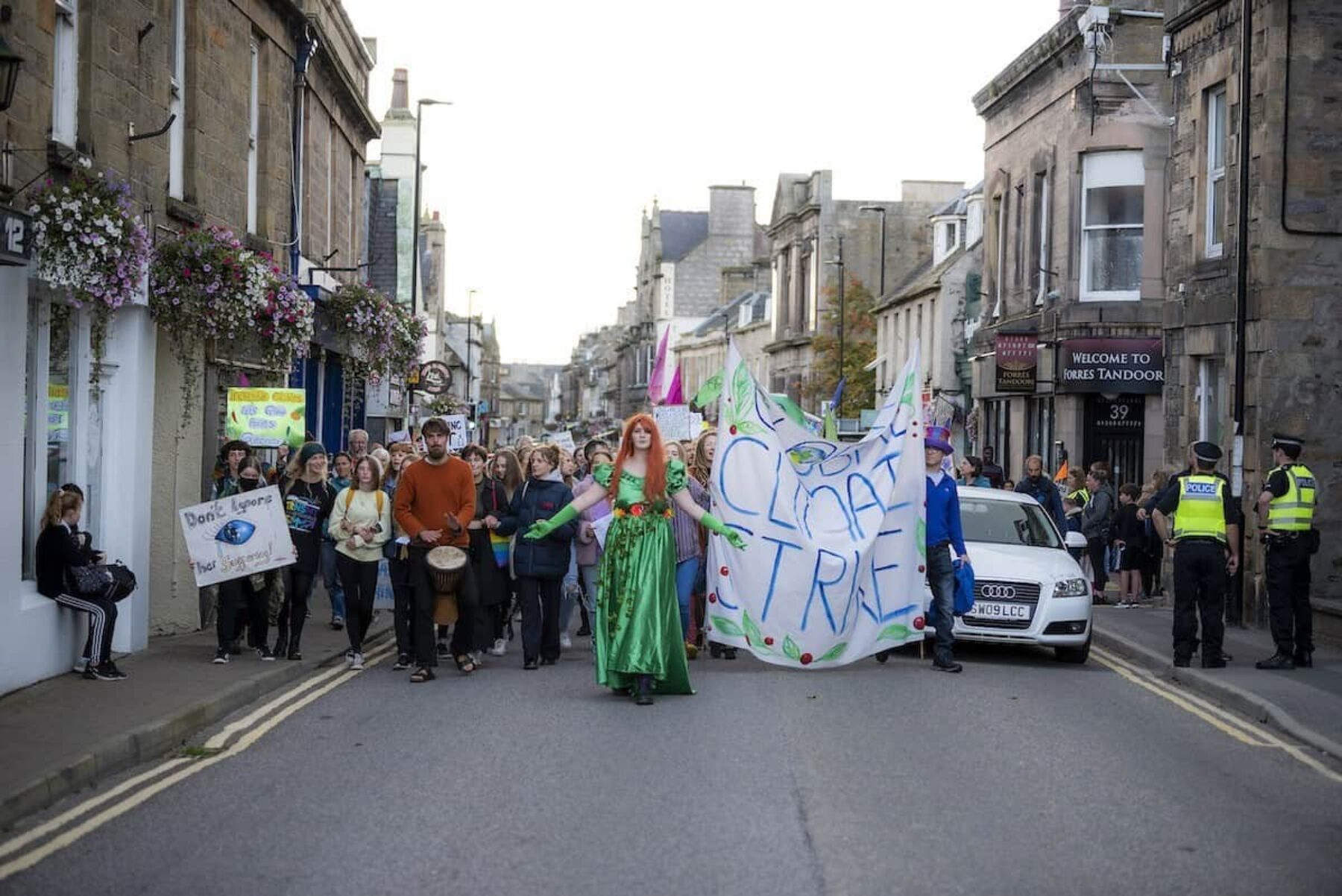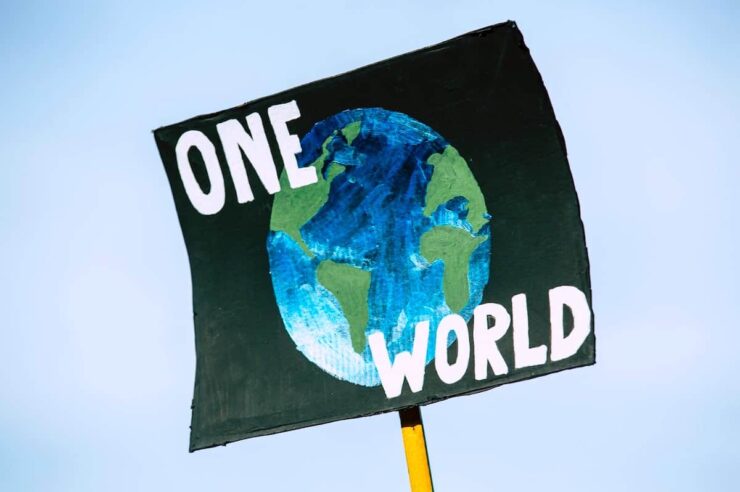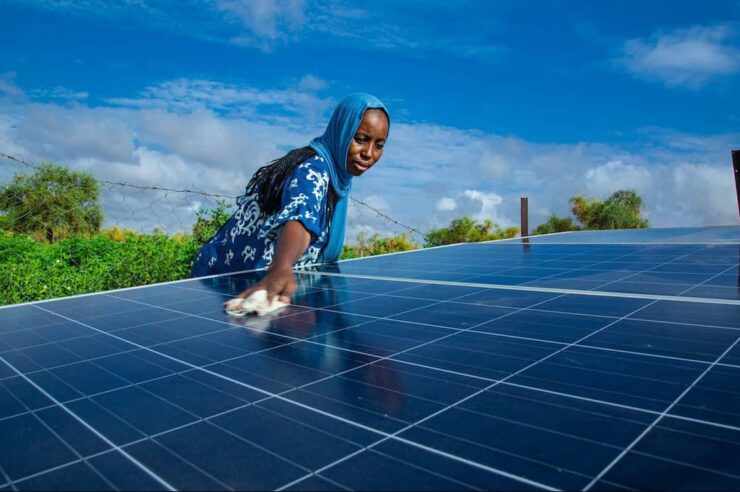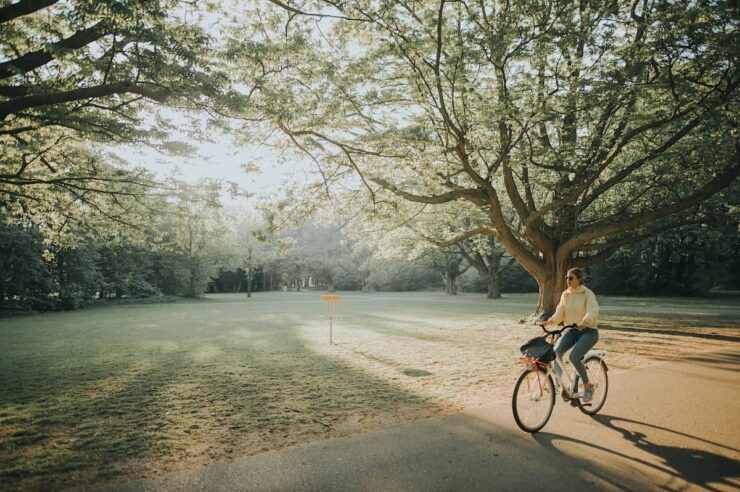Passionate people are finding novel ways of putting pressure on politicians during the COP26 climate summit
While much of the media focus around COP26 has been on the politicians attending (and those who aren’t), behind the scenes, ordinary folk have been doing extraordinary things to sound the alarm about the climate crisis.
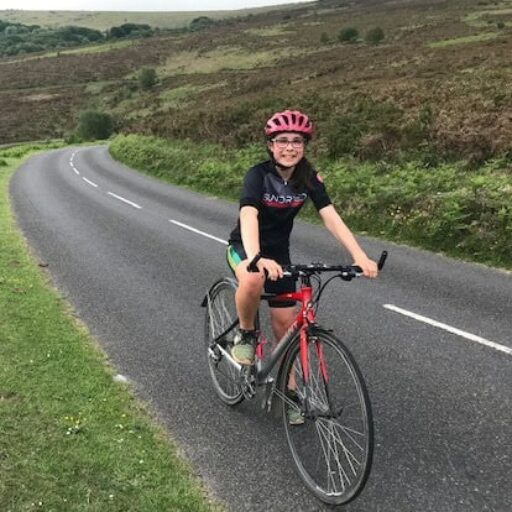
Teenage climate activist Jessie Stevens was looking forward to attending the fringe events at COP26 – until she realised how expensive it is to take the train to Glasgow from her home in Devon.
“We live in a society where the most polluting modes of transport – aeroplanes, cars, etc. – are the cheapest forms of travel, while the least polluting are extremely costly or time consuming,” said the 16-year-old.
So, Stevens decided to organise a protest cycle to COP26 to raise awareness about the high cost of low-carbon travel. Her campaign, dubbed People Pedal Power, became even more relevant last week when the UK chancellor Rishi Sunak inexplicably cut air passenger duty on domestic flights.
Stevens has been joined by other concerned cyclists along the way. She crossed the border from England to Scotland earlier this week.
“I want to remind leaders that people are powerful when they come together, and that we want decisive climate action as an outcome of the talks,” she said.
Image: Jessie Stevens
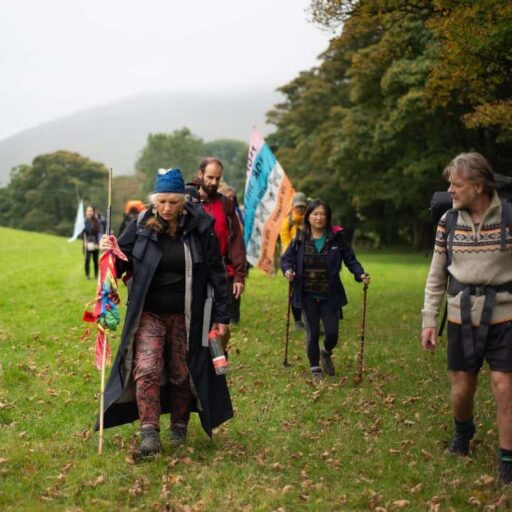
While politicians flew to COP26 in private jets, a group of hikers were completing a 500 mile-stomp from London to Glasgow. Some dedicated activists had even trekked from Sweden.
The walk was organised by the female-run faith group Camino to COP26, which is part of Extinction Rebellion. Ranging in age from 18 to 74, the group bedded down in churches and village halls along the way, and even took part in an impromptu Samba performance beneath Spaghetti Junction in Birmingham.
Their arrival in Glasgow marked the start of what Extinction Rebellion said would be two weeks of peaceful protest in the city.
The Rev Helen Burnett, vicar of St Peter and St Paul’s Church in Chaldon, Surrey, was among the pilgrims. She told the Guardian. “I’ve been thanked by construction workers, people at the school gates. Ordinary people walking has a sort of resonance.”
Image: Helena Smith/Camino to COP26
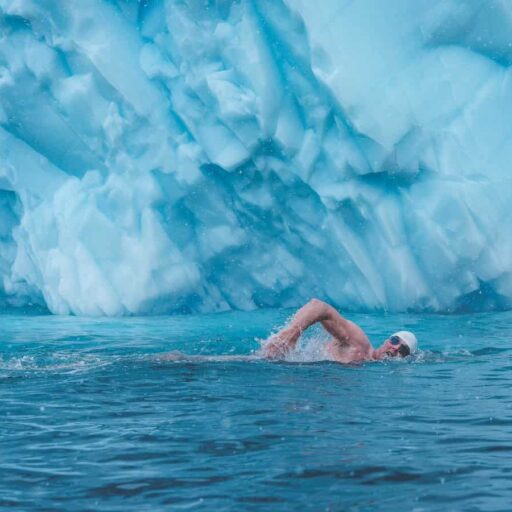
Skimpy swim shorts, frigid fjords, hot water bottles – Lewis Pugh’s approach to climate campaigning is far from conventional. Instead of blocking roads or carrying placards, he swims with icebergs threatened by global heating.
His most recent hypothermic dip was in September when he tackled Greenland’s Ilulissat Icefjord. It took him 12 days to swim 7.8km across the frigid lagoon, which he could only stay in for short periods. “It feels like running across a motorway. Except instead of dodging cars, I’m in 0C water dodging icebergs,” the Englishman tweeted mid-attempt.
Pugh did the swim to raise awareness about the warming polar regions, and will be at COP26 campaigning for 30 per cent of the sea to be protected by 2030. “We rely on ice for our survival,” he said. “Ice keeps our planet cool enough for us to live. But we are losing it fast.”
Image: Olle Nordell
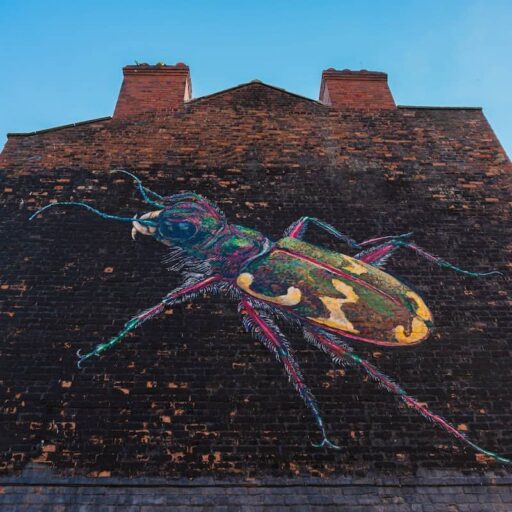
Wildlife murals are appearing on buildings across the UK as part of a climate campaign led by environmental group UK Youth for Nature (UKY4N).
UKY4N has joined forces with artists in cities including Belfast, Manchester, Nottingham and Cardiff to commission work that depicts key local species under threat from the climate crisis.
The Natural Kingdom: Wild Walls public art odyssey kicked off in Liverpool in July with a mural of the Sefton Coast’s rare northern dune tiger beetle by street artist ATM (pictured).
Meanwhile artists Megan Elinor Jones and Lily Beer-Doblon collaborated on Aberystwyth’s Wild Wall, featuring the famous bottlenose dolphins of Cardigan Bay. More murals will be unveiled during COP26.
Image: Stratus Imagery/Culture Liverpool

Carnivals are traditionally events of exuberance that lead to a period of reflection and renewal. It is in this spirit that University of the Arts London (UAL) has launched Carnival of Crisis, a climate-themed jamboree running parallel to COP26.
Taking place at venues across London, in host city Glasgow, and online, the carnival’s exhibitions and talks will explore a range of subjects: from conscious consumerism to how the climate crisis intersects with issues of race and equality.
After the event, UAL will launch its own climate plan, outlining how the institution plans to be carbon neutral by 2040.
“Carnival of Crisis will show how creative changemakers can help bring about climate justice,” said James Purnell, president of UAL. “Culture should take its place alongside social, economic and environmental interventions as one of the main pillars of sustainability.”
Image: Carnival of Crisis

Climate scientists, musicians and TV personalities will join Celtic and Rangers footballers for a kickabout in Glasgow on 7 November.
Dubbed the Game of History, the idea is to raise awareness about the growing number of children who regularly experience eco-anxiety. Money raised from the game will go to the local children’s charity Blameless.
“Football has the power to break down barriers and energise us all in our fight to save the world,” said Prof Mark Maslin, climate scientist and author of How to Save Our Planet.
“We need to decarbonise our economies, protect nature, and protect our collective mental health at the same time. Bringing together famous faces for a football match to promote the cause in the middle of the most important climate summit in history is definitely worth a shot.”
Image: Connor Coyne

Glaswegian musician Crawford Mack has written a song inspired by the gravity of what’s at stake at COP26. The Last Perfect Day on Earth was written earlier this year when floods were submerging parts of Europe and Asia, and wildfires were raging in North America.
“Nothing else will matter if we don’t address the climate emergency,” said Mack. “All those massive differences that we feel we have in society pale into nothing in the face of this, and so many of them are encapsulated by it. Solve the climate crisis and you solve so much more at the same time.”
You can listen to the song here.
Image: Crawford Mack
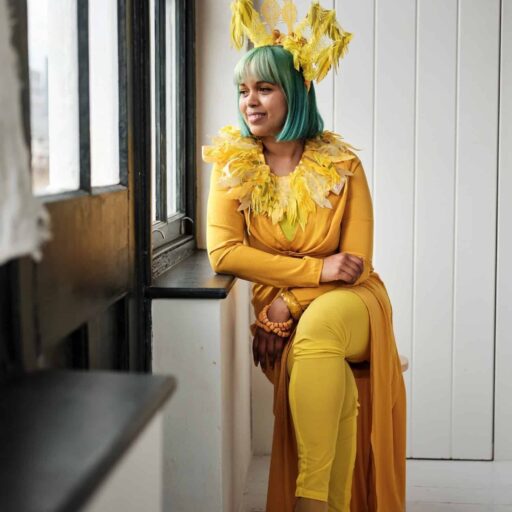
For people who don’t like crowds, confrontation or causing a scene, activism can seem intimidating. Enter the Craftivist Collective, whose members have taken a genteel, albeit direct, approach to protesting ahead of COP26 – they have been posting homemade canaries to politicians ahead of COP26.
The choice of bird is significant. “These beautiful, small and sensitive birds fly to where there is clean air,” said Sarah Corbett, Craftivist Collective founder. “In the same way, we hope our sensitive and kind craftivists can encourage the UK government to move in the direction of creating a cleaner and greener world.”
Image: Liz Seabrook
Main image: Mark Richards/Extinction Rebellion
